If you're searching for the best names of Mexican soups to try, you've come to the right place. From comforting classics to regional specialties, this guide covers everything you need to know about authentic Mexican soups, including their key ingredients, spice profiles, and how to make them at home. Whether you're a beginner or a seasoned cook, these recipes will bring authentic Mexican flavors to your kitchen.
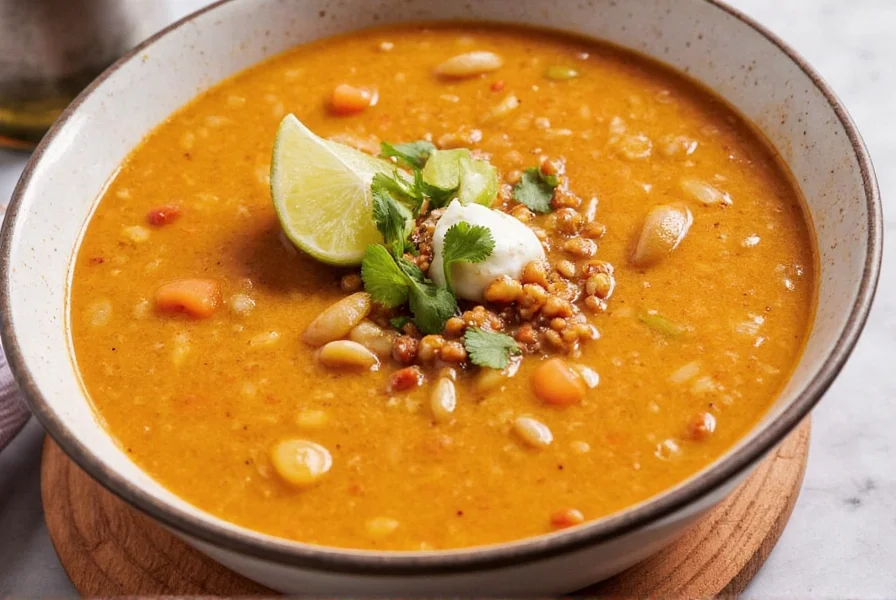
Table of Contents
- What Are the Most Popular Mexican Soups?
- 7 Must-Try Mexican Soups with Authentic Recipes
- Key Spices for Authentic Mexican Soups
- Essential Ingredients and Tools for Authentic Mexican Soups
- Pro Tips for Cooking Mexican Soup Like a Local
- Frequently Asked Questions About Mexican Soups
- Why Mexican Soups Are a Culinary Treasure
What Are the Most Popular Mexican Soups?
Mexican soups are a cornerstone of the country's culinary heritage, blending indigenous ingredients with Spanish influences to create dishes that are both comforting and complex. Whether you're looking for a hearty breakfast option, a traditional celebration dish, or a quick weeknight meal, there's a Mexican soup for every occasion.
When searching for the names of Mexican soups, it's important to understand that each region of Mexico has its own specialties. For example, pozole is a staple in central Mexico, while caldo de mariscos is more common along the coast. This guide will help you identify the most popular and authentic options to try.
7 Must-Try Mexican Soups with Authentic Recipes
Here are seven iconic Mexican soups that every food lover should experience:
- Sopa de Fideo – A comforting noodle soup made with toasted vermicelli, tomatoes, and chiles. Perfect for beginners.
- Pozole – A hearty hominy-based soup often made with pork or chicken and garnished with avocado, cabbage, and lime. A traditional dish for celebrations.
- Menudo – A traditional tripe soup known for its bold spices and hangover-healing powers. Best made with patience and care.
- Sopa de Tortilla – Also known as tortilla soup, this dish features crispy tortilla strips, tomatoes, garlic, and dried chiles. A quick and flavorful weeknight meal.
- Caldo de Mariscos – A spicy seafood soup loaded with shrimp, squid, clams, and peppers. Ideal for seafood lovers.
- Caldo Tlalpeño – A colorful chicken soup topped with egg strips, avocado, and cheese. A festive dish for special occasions.
- Calabacitas Soup – A vegetarian-friendly dish made with zucchini, corn, and poblano peppers. Perfect for meatless meals.
| Soup Name | Main Protein | Signature Spice | Best For |
|---|---|---|---|
| Sopa de Fideo | Vegetarian/Chicken Broth | Ancho Chile | Comfort Food Lovers |
| Pozole | Pork/Chicken | Garlic & Oregano | Celebrations & Gatherings |
| Menudo | Tripe | Guajillo Chile | Hangover Cure |
| Sopa de Tortilla | Vegetarian/Shredded Chicken | Chipotle in Adobo | Quick Weeknight Meals |
| Caldo de Mariscos | Seafood | Chili Peppers & Cilantro | Spice Enthusiasts |
| Caldo Tlalpeño | Chicken | Tomatillo & Jalapeño | Fancy Dinner Nights |
| Calabacitas Soup | Zucchini & Corn | Poblano Pepper | Vegetarian Dinners |
Key Spices for Authentic Mexican Soups
Mexican soups rely on a balance of flavors—sweet, sour, salty, and spicy. Here's a breakdown of the essential spices that define authentic Mexican soups:
- Ancho Chile – Mild and sweet with hints of raisin and cocoa, perfect for sopa de fideo.
- Guajillo Chile – Earthy with tangy notes, ideal for menudo and caldos.
- Chipotle in Adobo – Smoky and slightly spicy, adds depth to sopa de tortilla.
- Jalapeño – Fresh and crisp, great for a quick kick in caldo tlalpeño.
- Cumin – Adds earthiness and warmth to meat-based soups like pozole.
- Epazote – Herbal and pungent, often used in bean-based soups and stews.
- Oregano – Essential for adding aromatic warmth; Mexican oregano is different from Mediterranean varieties!
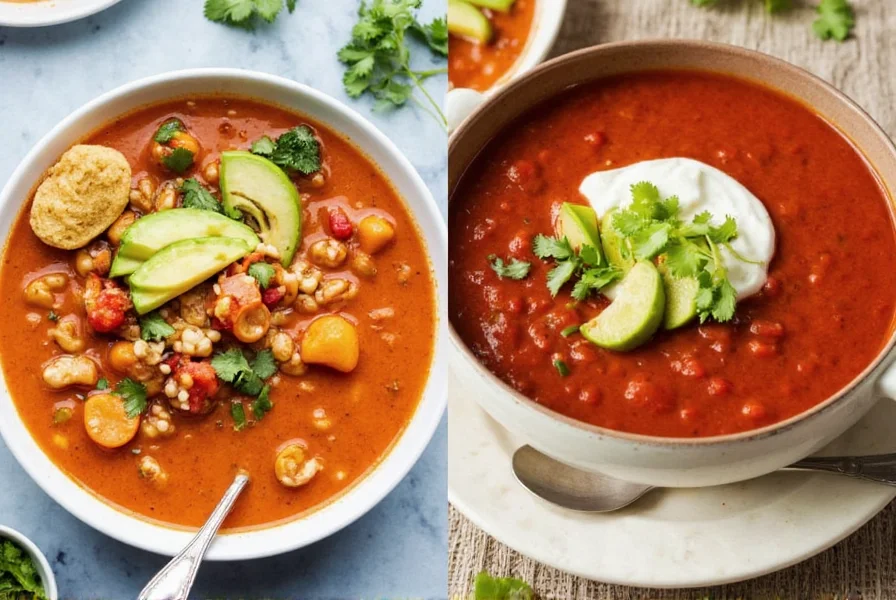
Essential Ingredients and Tools for Authentic Mexican Soups
To recreate authentic Mexican soups at home, you'll need the right ingredients and tools. Here's what you should have in your pantry:
Essential Ingredients
- Dried Chiles: Look for ancho, guajillo, pasilla, and chipotle in adobo sauce.
- Tomatillos: Key for green sauces and caldo tlalpeño.
- Lard or Vegetable Oil: Traditional fats that carry flavor well.
- Hominy: Found canned or dried, crucial for pozole.
- Avocado & Lime: Not optional—these finish soups beautifully.
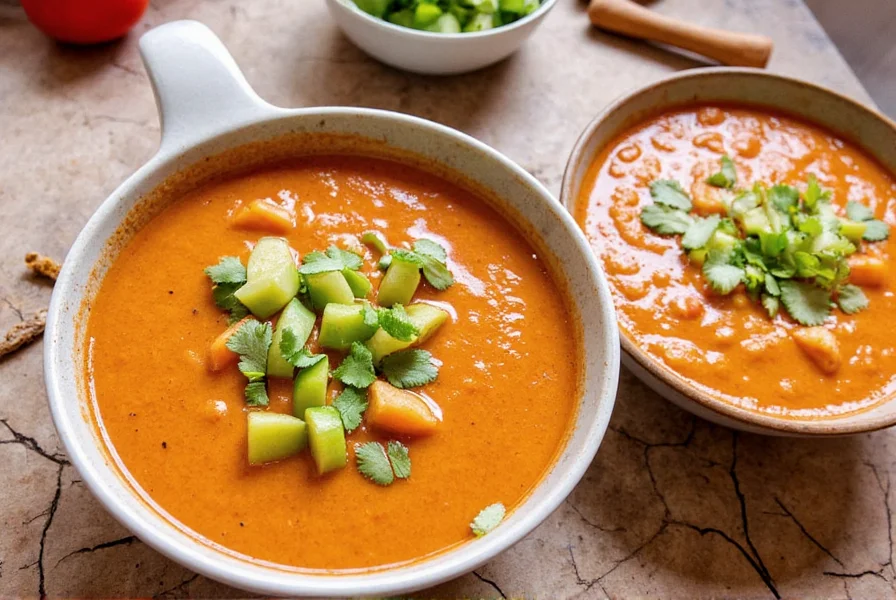
Recommended Tools
- Blender or Immersion Blender: To puree broths and spice pastes smoothly.
- Cast Iron Skillet: For toasting chiles, nuts, and tortillas.
- Large Stock Pot: You'll need room for big batches.
- Mesh Strainer: For straining broths and removing seeds from chiles.
- Heatproof Gloves: Handling raw chiles can get spicy!
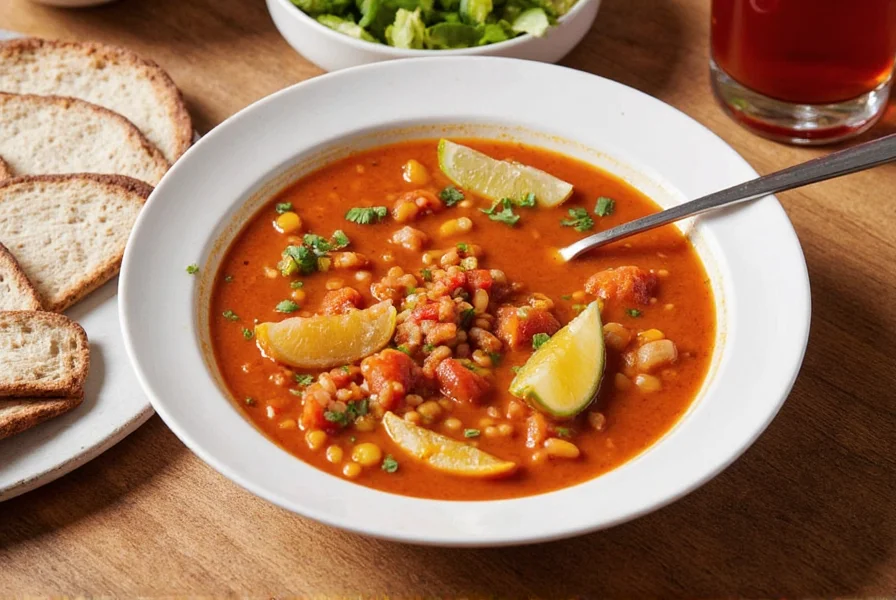
Pro Tips for Cooking Mexican Soup Like a Local
Want to make your Mexican soup taste like it came straight from a Mexican kitchen? Here are some expert tips:
- Toast Your Chiles First: Lightly toast dried chiles in a dry pan before soaking to unlock deeper flavors.
- Don't Skip the Garnishes: Fresh cilantro, chopped onion, avocado, and lime juice elevate even the simplest soup.
- Make It Ahead: Flavors meld overnight, so prepare soups the day before serving.
- Layer the Heat: Add chiles gradually and taste as you go—you can always add more spice but never take it away!
- Use Homemade Broth: If possible, use homemade chicken or vegetable broth for maximum richness.
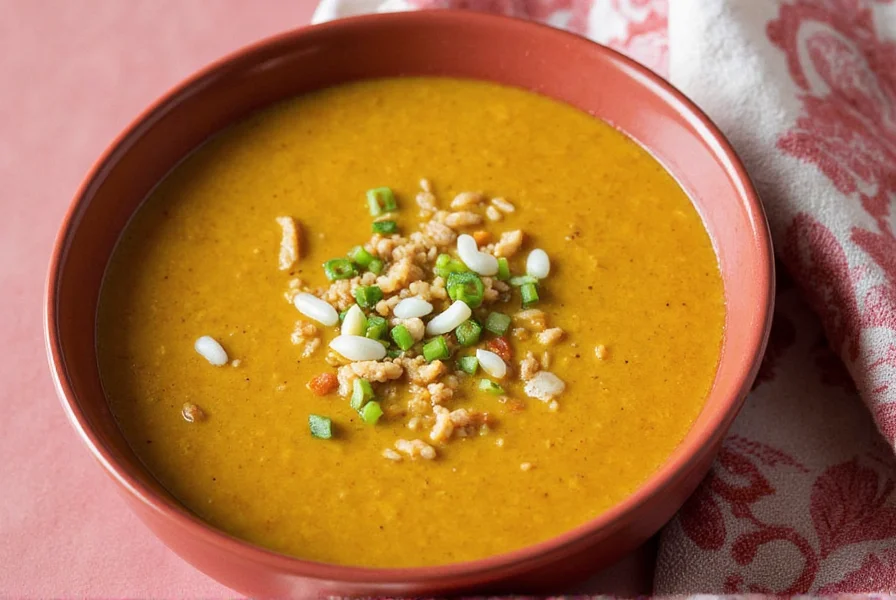
Frequently Asked Questions About Mexican Soups
Here are answers to common questions about Mexican soups:
- Q: What are the most popular Mexican soups?
A: Based on regional popularity and cultural significance, pozole, menudo, and sopa de tortilla are among the most beloved Mexican soups across Mexico and internationally. - Q: What's the difference between pozole and menudo?
A: Pozole features hominy (dried corn kernels treated with lime) and is typically made with pork or chicken, while menudo is a tripe-based soup known for its distinctive flavor and traditional use as a hangover remedy. - Q: Are all Mexican soups spicy?
A: No, not all Mexican soups are spicy. While many incorporate chiles for flavor, the heat level varies significantly. Soups like sopa de fideo and calabacitas can be mild, while caldo de mariscos often packs more heat. - Q: How do you pronounce "pozole" and "menudo"?
A: Pozole is pronounced "poh-SOH-leh" and menudo is pronounced "meh-NOO-doh". - Q: What's considered the most traditional Mexican soup?
A: Pozole has deep historical roots dating back to pre-Hispanic times and is often considered one of Mexico's most traditional soups, especially for celebrations and special occasions. - Q: Can Mexican soups be made vegetarian or vegan?
A: Absolutely! Many Mexican soups like calabacitas, sopa de fideo, and even vegetarian versions of pozole can be made without meat by using vegetable broth and omitting animal products. - Q: What makes a soup authentically Mexican?
A: Authentic Mexican soups typically feature indigenous ingredients like corn (hominy), beans, tomatoes, tomatillos, native chiles (like ancho, guajillo, and chipotle), and traditional preparation methods that have been passed down through generations.
Why Mexican Soups Are a Culinary Treasure
Mexican soups are more than just food—they're a celebration of culture, history, and community. Each bowl tells a story of tradition and innovation, from the ancient Mesoamerican roots to modern interpretations. Whether you're cooking for yourself or sharing with loved ones, these soups bring warmth and flavor to every meal.
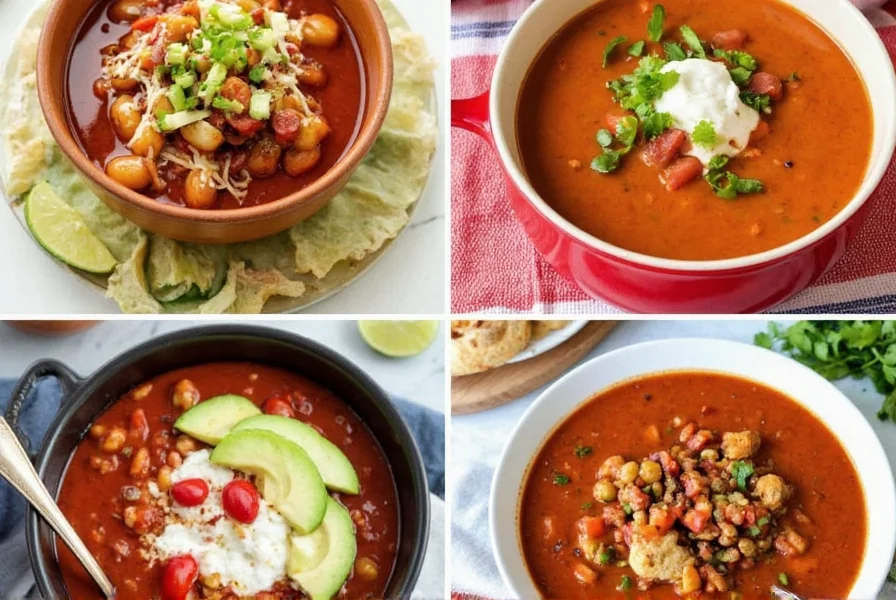










 浙公网安备
33010002000092号
浙公网安备
33010002000092号 浙B2-20120091-4
浙B2-20120091-4